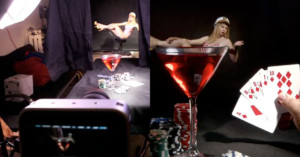
The Science Behind Forced Perspective
Here's a 15-minute video by Filmmaker IQ about exactly what forced perspective is and how it works in photography.

Here's a 15-minute video by Filmmaker IQ about exactly what forced perspective is and how it works in photography.
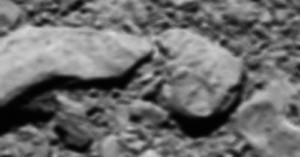
On September 30th, 2016, the European Space Agency ended the Rosetta space probe's mission by crashing it onto the comet that it had been orbiting for two years. It's been over a year now, but scientists just discovered that Rosetta had sent a surprise final close-up photo of the comet's surface just before impact.
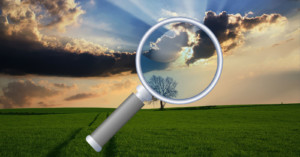
People's eyes are more attracted to areas of photos that have more "meaning" than areas that "stick out." That's according to a newly published study by a team of researchers at UC Davis' Center for Mind and Brain.

Researchers from the University of Nottingham and Kingston University have come up with an AI tool that will turn a 2D portrait into a 3D version, using just a single portrait photo you upload to it.
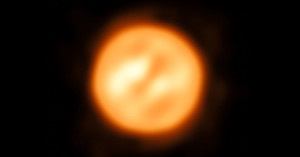
Astronomers using the ESO Very Large Telescope have created the most detailed photo ever of a star other than our own Sun. The subject of the photo is the supergiant Antares, visible to the unaided eye in the constellation Scorpius.
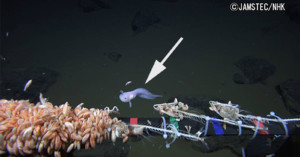
Japanese researchers have released photos and videos of the deepest fish ever captured on camera. The snailfish was found in the Mariana Trench at a depth of 8,178m (~5.08 miles) and filmed with 4K cameras.
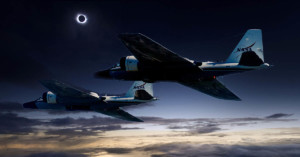
NASA is planning to chase down the upcoming August 21st solar eclipse in an effort to give scientists an opportunity to study the phenomenon for a longer period of time. Two of NASA's WB-57F research jets, armed with telescopes, will be used to chase the eclipse at a precise speed that will allow scientists to observe it for 3 times longer than usual -- that's over 7 minutes of solar goodness.
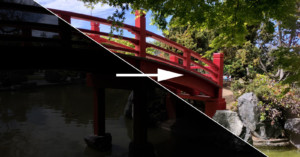
What if your camera could professionally retouch your photos... before you even shoot them? That's what researchers at Google and MIT are currently working on.
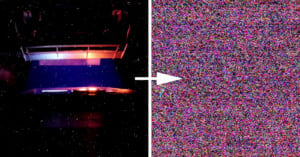
Here's a 2.5-minute video recorded by a GoPro Session action camera that was given a trip through an electron beam irradiator.
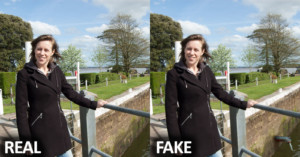
The Internet is filled with fake photographs, and some have even won contests run by the likes of Nikon. And here's why: people are generally very bad at detecting when a photo has been faked.
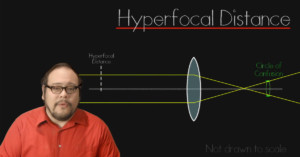
Hyperfocal distance is a tool often used by certain genres of photography to render an entire scene in focus. It allows you to capture the foreground through to the background, keeping the whole image sharp. But how does it work? This 12-minute video by Filmmaker IQ looks at the science behind hyperfocal distance.
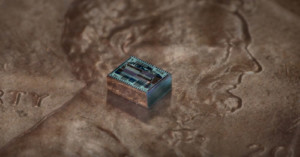
The brainiacs at Caltech have produced something really cool: an imaging chip that produces an image from light sensors... without lenses. It's a chip that could be the birth of the future of photography.
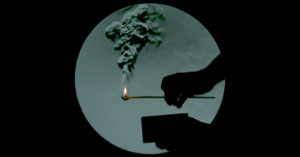
Have you ever wondered what a gale-force sneeze would look like if you could see air currents, temperature gradients, and differences in pressure and composition of the air? Or, less disgustingly, the strike of a match? This fascinating 6-minute video demonstrates Schlieren photography, which makes the invisible visible.
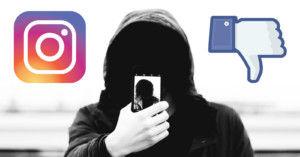
Instagram is the most likely social media platform to cause teenagers to feel depressed, anxious, lonely, and with low body confidence. That's according to a newly published study by the Royal Society for Public Health (RSPH) in the UK.
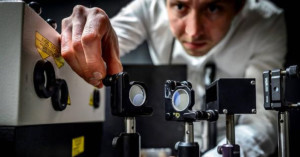
MIT's 1-trillion-frame-per-second camera is now outdated. Researchers in Sweden have created a new world's fastest camera that shoots a staggering 5 trillion frames per second.
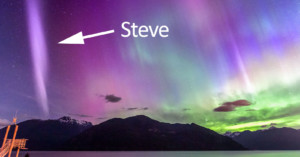
Aurora photographers have been buzzing in recent days about a newly spotted phenomenon in the sky. It's a purple ribbon of light that differs in appearance from standard aurora. After being confirmed as a new phenomenon, it was given a new name: "Steve."
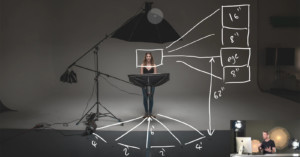
Is there such a thing as the 'perfect' portrait and headshot angle? When you're dealing with something as subjective as photography, probably not. But that didn't stop Ed Gregory from YouTube channel Photos in Color from applying some 'science' to try and find that perfect shot.
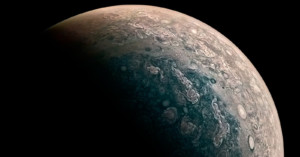
Five years after beginning its very long journey, NASA's Juno spacecraft has beamed back photos of Jupiter’s poles for the first time... and they're stunning.
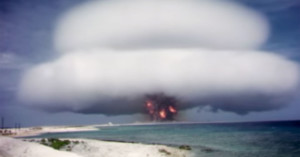
Between 1945 and 1962, the United States conducted 210 atmospheric nuclear bomb tests. For each of those tests, the government used multiple cameras filming at 2,400 frames per second to document things. Over 700 of the films have been declassified so far, and they're currently being uploaded to YouTube.
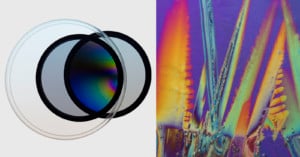
Polarized light is light that has waves oscillating all in the same direction. There are two basic ways to get polarized light: from reflection or by using a filter.

It's all over Internet by now: the baffling picture of 'red' Strawberries, and the claim it does not contain any 'red' pixel.
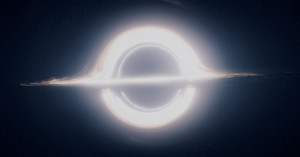
Here's an interesting photography first that is set to happen in 2017: scientists are planning to capture the first ever photo of a black hole's event horizon (the boundary of no return that light can't event escape).
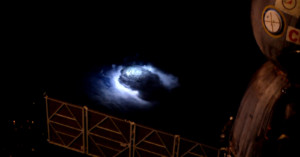
For years, airline pilots have reported seeing unusual lightning phenomenon that we don't get to witness from the ground. Luckily for us, astronauts on the International Space Station have a perfect vantage point, and one of them did capture "blue lightning" while orbiting the Earth.
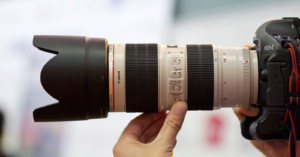
Roger Cicala—the founder of Lens Rentals and one of the most entertaining and informative voices in the world of optical testing—has some news for you: zoom lenses are never as good as primes, and they vary so much from copy to copy that you should probably never trust a zoom lens review.
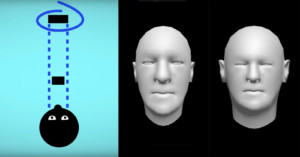
It's often said that a camera adds 10 pounds to a person being photographed. SciShow made this 2-minute video exploring reasons why cameras play tricks on our eyes when it comes to apparent weight.
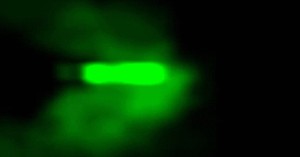
When an object breaks the sound barrier—accelerates to the point where it's moving faster than the speed of sound—it creates pressure waves that result in what is called a "sonic boom" and Mach cone. Now, scientists have managed to captured a similar phenomenon for light itself.
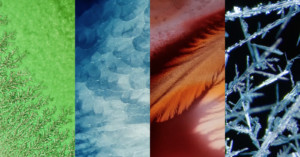
The Beauty of Science project bid farewell to 2016 in an appropriately beautiful way. Using old footage and outtakes from their previous experiments, they illustrated all four Earthly seasons in a gorgeous end-of-year video that'll have you itching to break out that macro lens.
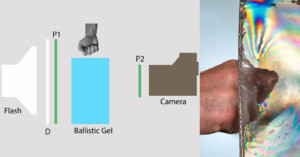
Many materials show internal stress when illuminated with polarized light and photographed with a second analyzing polarizer. This unique property of materials is called birefringence. Some of the more common material that exhibits this property is glass, ice, and most plastics.
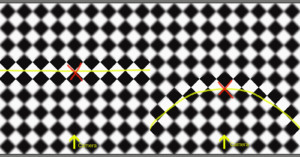
The above photo is taken at 28mm at f/11 on an ancient Minolta 28-85mm lens, the focus was set to about 2.5 meters and according to the depth of field scales everything should be in focus... but it isn’t.
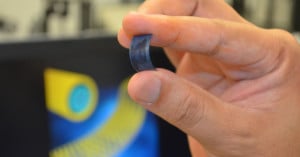
Want a digital camera battery that can be recharged in just seconds and power your shots for days? That dream maybe become a reality thanks to new advances in battery technology.